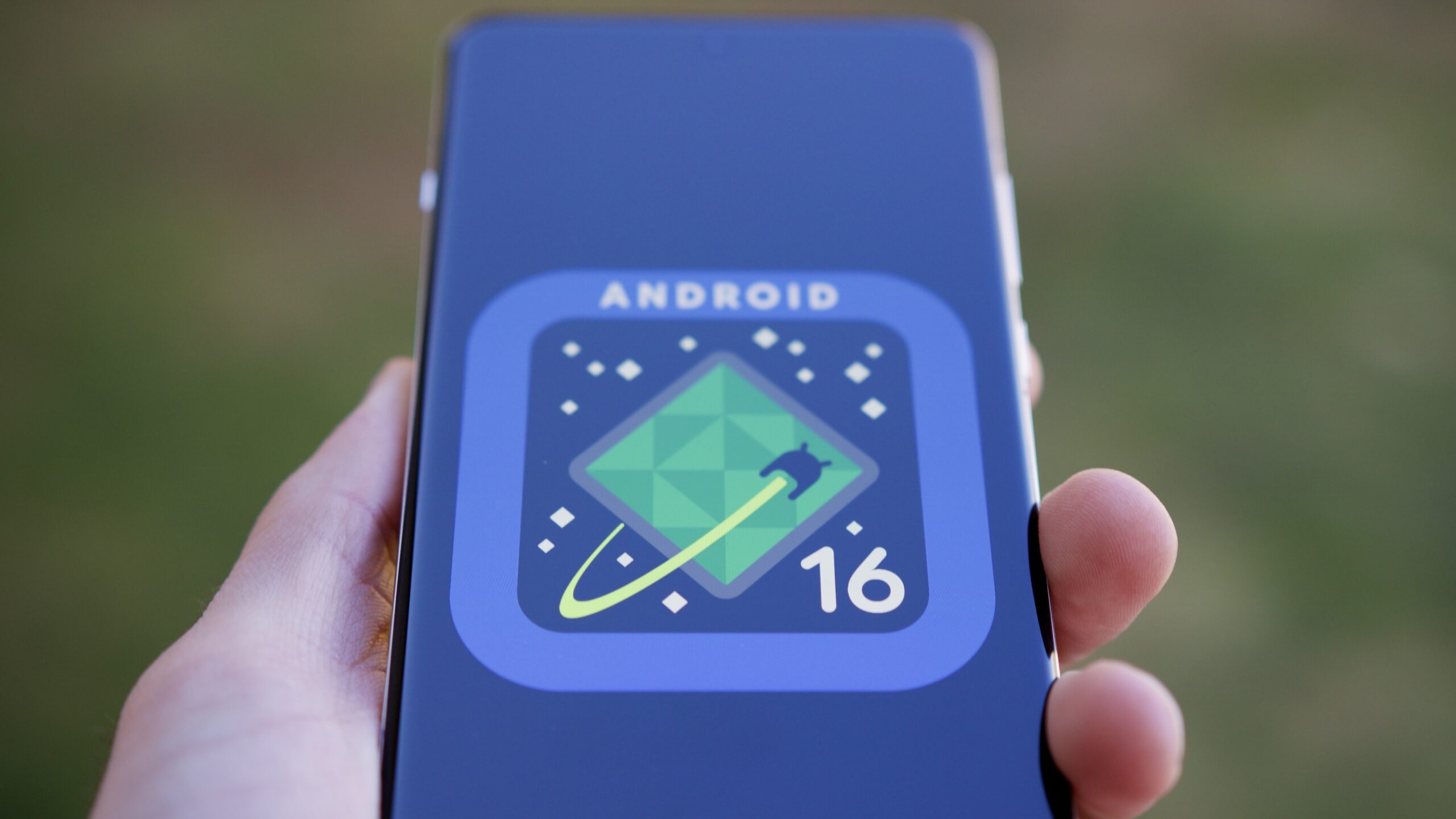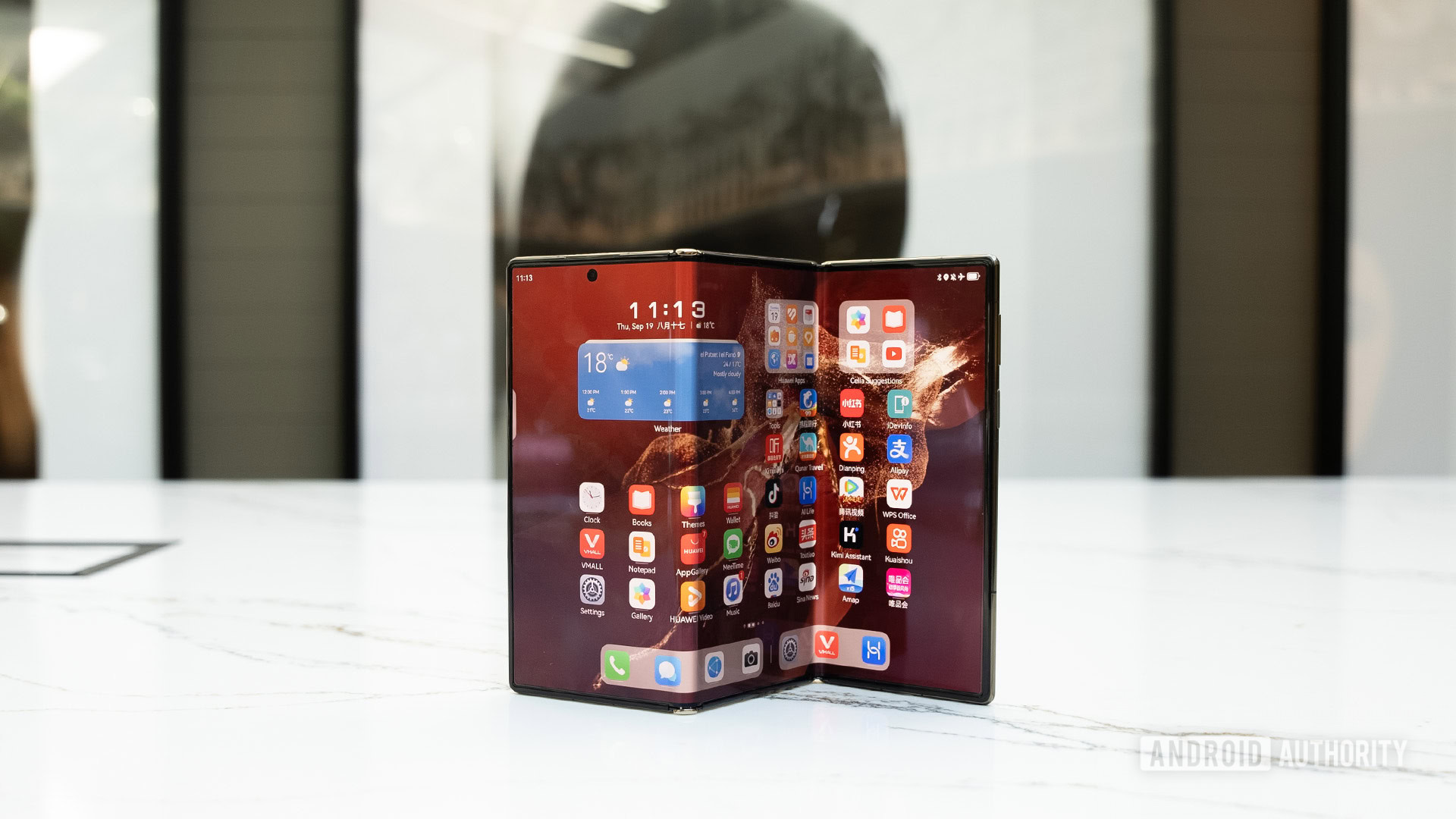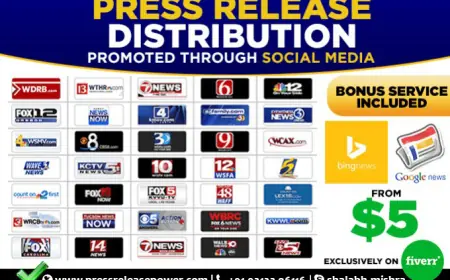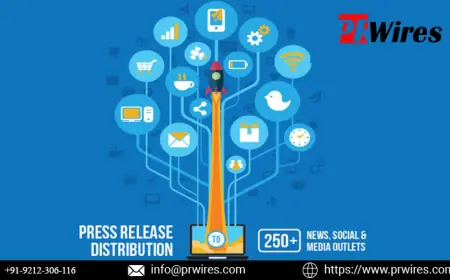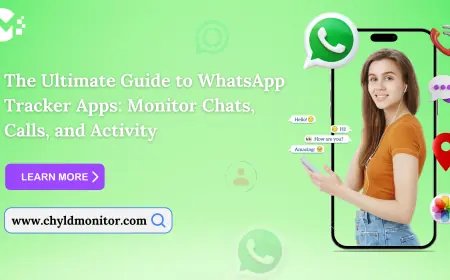How to Launch an On-Demand Pickup and Delivery App in the USA
On-demand pickup and delivery app

Convenient and effective services are increasingly in demand in our fast-paced environment. With apps that provide a range of requirements, from groceries and meals to laundry and courier services, on-demand pickup and delivery services have become an essential aspect of everyday living. If you're thinking of starting an on-demand pickup and delivery app in the United States, this guide will walk you through every step of the process, from idea to launch.
Step 1: Identify Your Niche and Market Needs
Finding your specialization is the first step in releasing an on-demand pickup and delivery app. This could include everything from delivery of groceries and food to specialist services like moving furniture, laundry, and package delivery. It's critical to understand your target audience's unique wants. To examine current trends, consumer preferences, and market gaps that your app can address, conduct market research.
Step 2: Choose Your Business Model
Selecting the right business model is essential for the success of your app. Common business models for on-demand delivery services include:
-
Commission-Based Model: Charging a commission on each transaction made through the app.
-
Subscription Model: Offering subscription plans for regular users to avail benefits like free deliveries or discounts.
-
Freemium Model: Providing basic services for free and charging for premium features.
Step 3: Plan Your App’s Features
Your app’s features should cater to the needs of your target audience and provide a seamless user experience. Essential features for an on-demand pickup and delivery app include:
-
User Authentication: Secure sign-up and login using email, phone number, or social media accounts.
-
Service Selection: A clear and organized interface for selecting the type of service (food, groceries, laundry, etc.).
-
Order Placement: Easy order placement with detailed instructions and preferences.
-
Real-Time Tracking: GPS integration to provide real-time tracking of orders.
-
Multiple Payment Options: Integration of various payment methods including credit/debit cards, digital wallets, and cash on delivery.
-
Push Notifications: Updates on order status, promotions, and offers.
-
Ratings and Reviews: Allow users to rate and review services.
Step 4: Develop a Comprehensive Project Plan
Creating a detailed project plan is crucial to keep your development process on track. Your project plan should include:
-
Project Scope: Define the core features and functionalities of your app.
-
Timeline: Set realistic milestones for each phase of development.
-
Budget: Allocate a budget for development, marketing, and ongoing maintenance.
Step 5: Choose the Right Technology Stack
Choosing the right technology stack ensures that your app is robust, scalable, and secure. Consider the following technologies:
-
Frontend: React Native or Flutter for cross-platform development.
-
Backend: Node.js, Django, or Ruby on Rails for efficient backend development.
-
Database: MongoDB, Firebase, or PostgreSQL for data storage.
-
Cloud Services: AWS, Google Cloud, or Microsoft Azure for hosting and scalability.
Step 6: Design an Intuitive User Interface
Maintaining users requires an interface that is both simple and straightforward to use. Pay attention to a simple, easy-to-navigate design. To create the user flow and layout of the app, utilize wireframing and prototyping tools such as Adobe XD, Figma, or Sketch.
Step 7: Develop and Test Your App
Coding and integrating all of the expected features are part of the development process. Make sure performance and security are the main priorities when developing your software. Thorough testing is necessary to find and address any problems when development is finished. Execute various testing methodologies, such as:
-
Unit Testing: To test individual components.
-
Integration Testing: To ensure different modules work well together.
-
User Acceptance Testing (UAT): To get feedback from real users.
-
Performance Testing: To check the app’s performance under different conditions.
Step 8: Launch and Market Your App
It's time to release your software after thorough testing. Make sure your program complies with all requirements before submitting it to the Google Play Store and Apple Program Store. Create a thorough marketing plan to advertise your app. To reach your target audience, make use of influencer alliances, email campaigns, social media, and content marketing.
Step 9: Gather Feedback and Iterate
It's critical to get customer feedback after launch to understand their experience and identify areas in need of development. Update your program often to add new features, improve performance, and fix bugs. Maintaining customer happiness and staying ahead of the competition in the market both depend on remaining receptive to consumer feedback.
Conclusion
Careful planning, a thorough understanding of the market, and a strong development process are necessary for the successful launch of an on-demand pickup and delivery app in the United States. You may develop an app that appeals to today's users and sticks out in the competitive market by following these guidelines. To secure the long-term success of your app, concentrate on providing value, upholding high standards of service, and consistently upgrading based on user input.
What's Your Reaction?
 Like
0
Like
0
 Dislike
0
Dislike
0
 Love
0
Love
0
 Funny
0
Funny
0
 Angry
0
Angry
0
 Sad
0
Sad
0
 Wow
0
Wow
0
